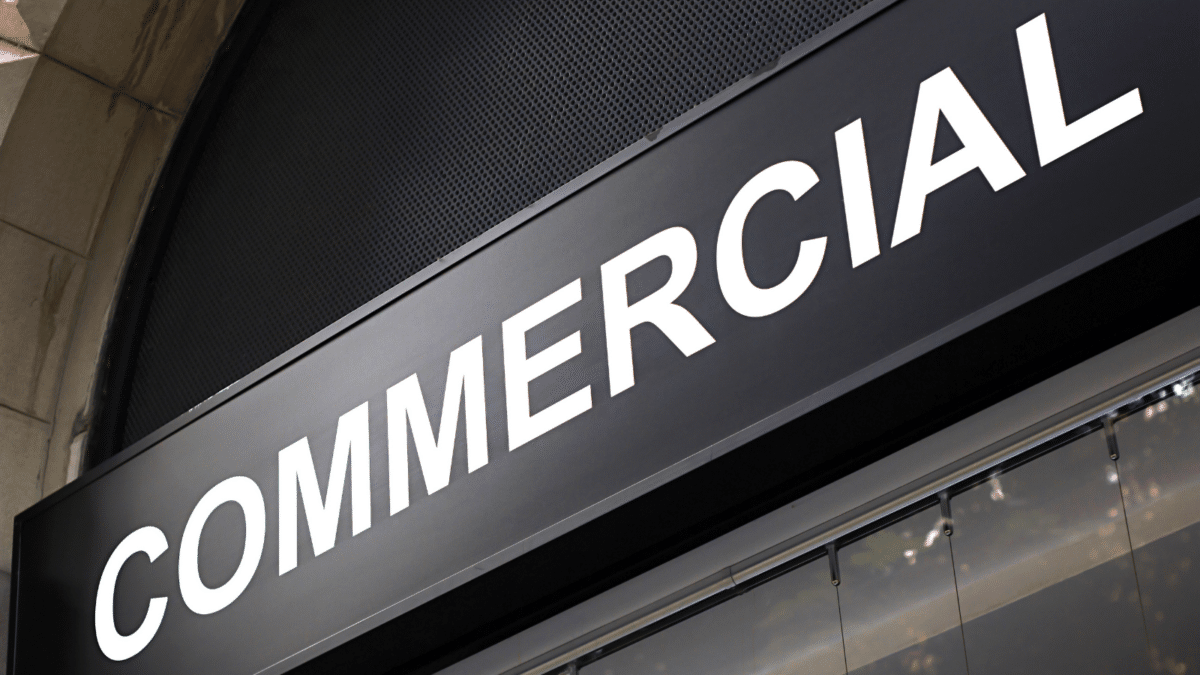Developing a successful content strategy requires more than just creating high-quality content. It’s essential to prioritise the content that will provide the most value to your audience and your business. But with so many types of content to choose from, it can be difficult to know where to start. By focusing on value, you can ensure that your content strategy is optimised for success. In this article, we’ll explore how to prioritise your content strategy by value, including identifying your goals, understanding your audience, and creating a plan that aligns with your business objectives. Whether you’re a seasoned content marketer or just getting started, these tips will help you develop a content strategy that drives results.
What is a Content Strategy?
A content strategy is a plan or framework for creating, publishing, and managing content that is designed to achieve specific business goals. It involves the development of a clear understanding of the target audience, the types of content that are most likely to engage and convert them, and the channels and platforms that are most effective for distributing that content.
A content strategy typically includes a comprehensive content plan that outlines the types of content to be created, the topics to be covered, and the timeline for publishing. It also involves defining the key performance indicators (KPIs) that will be used to measure the success of the content, and developing a system for monitoring and analysing those metrics.
Ultimately, a content strategy is aimed at driving engagement, building brand awareness, and generating leads or conversions. It helps businesses to create content that is aligned with their overall marketing goals and resonates with their target audience, which can lead to increased website traffic, social media engagement, and ultimately, revenue.
With that in mind, here’s our breakdown of how to prioritise your content strategy by value, to get the most out of it!
Knowing Your Goals
Do you want an increase in conversions? Perhaps you need more people to learn about your brand? Or maybe you see an opportunity to become the go-to source of industry specific information for users? Depending on what you want to achieve from your website will impact the value you put on different content.
Understanding your business goals is essential for creating a successful online presence. Your website should align with your overall business objectives and serve as a tool to help you achieve those goals. It’s important to identify what you hope to achieve, this could be; increasing brand awareness, generating leads, driving sales, improving customer engagement, or a combination of these goals.
These should be specific, measurable, achievable, realistic, and timely. By aligning your website with your business goals, you will better understand the value of content to you, and can create a more effective and impactful online presence that helps to drive business growth and success.
Understanding Your Audience and the Role of Content
Identifying your customers journey through your website is the first component for creating any successful content strategy. The customer journey refers to the path that a potential customer takes from the moment they become aware of your brand to the point where they make a purchase.
Understanding your customers journey will help to create an optimal content funnel, which represents the various stages that a customer goes through as they move through the sales process. By understanding how customers move through your website and engage with your content, you can identify the areas where you need to focus your efforts and create a more effective content funnel.
This includes developing content that speaks directly to the needs and interests of your target audience, optimising your website for search engines and user experience, and leveraging data and analytics to track customer behaviour and make informed decisions about your content strategy. By prioritising the customer journey through your website, you can create a content funnel that drives engagement, builds brand awareness, and ultimately leads to conversions and sales.
How Your Content Compares Against Competitors
Conducting a content gap analysis is a crucial step in developing a successful content strategy. This process involves analysing your own content and that of your competitors to identify gaps in your content offerings both commercially and editorially.
By identifying areas where your competitors have more content than you, you can develop a plan to fill those gaps and create content that better meets the needs of your target audience. The first step in conducting a content gap analysis is to identify your target keywords and search terms. From there, you can analyse the content that is currently ranking for those keywords and compare it to your own.
By identifying the gaps in your content offerings, you can develop a plan to create new content that fills those gaps and better aligns with the needs and interests of your target audience. In turn, this will help improve your search engine rankings, drive more traffic to your website, and drive revenue growth.
The Difference Between Commercial and Informational Content
Commercial content is created with the primary goal of promoting or selling a product or service. It is designed to persuade potential customers to take a specific action, such as making a purchase, subscribing to a service, or requesting more information. Commercial content can take many forms, including product descriptions, sales pages, landing pages, and promotional pages.
On the other hand, informational content is created with the primary goal of educating or informing audiences. It is typically focused on providing valuable insights, knowledge, or advice related to a particular topic or industry. Informational content can take many forms, including blog posts, articles, white papers, and how-to guides.
While both types of content can be valuable for a website, they serve different purposes and target different stages of the customer journey. Commercial content is typically geared towards the bottom of the funnel, where potential customers are closer to making a purchase decision, while informational content is geared towards the top of the funnel, where potential customers are still researching and learning about a particular topic or industry.
Overall, the key difference between commercial and informational content is their focus and purpose, with commercial content aimed at driving conversions and informational content aimed at providing value and building relationships with audiences.
The Value of Commercial Content
Commercial content on a website can provide several values, including:
- Driving conversions: Commercial content such as product descriptions, reviews, and testimonials can help to convince visitors to purchase a product or service. This can ultimately drive conversions and increase revenue for a business.
- Informing customers: Commercial content can provide valuable information to potential customers about the products or services offered by a business. This can help customers to make more informed decisions and lead to higher satisfaction with their purchase.
- Improving search engine rankings: Well-optimised commercial content can help to improve a website’s search engine rankings by targeting relevant transactional keywords and phrases. This can help to increase visibility and drive more traffic to the site.
- Building brand awareness: Commercial content can help to build brand awareness by promoting the unique features and benefits of a product or service. This can help to differentiate a business from competitors and improve overall brand recognition.
- Supporting editorial content: Commercial content can be used to support editorial content by providing additional context or information related to a product or service. This can help to build credibility and authority with audiences and increase the overall value of the website’s content.
Overall, commercial content will play a crucial role in driving conversions, building brand awareness, and improving the overall user experience on a website.
The Value of Informational Content
Although less likely to directly lead to sales and conversions, editorial content plays a vital role within your site’s performance and shouldn’t be overlooked. Editorial content on a website can provide significant value in several ways:
- Establishing authority and expertise: Well-written and informative editorial content can position a website or brand as a thought leader or expert in a particular industry or niche. This can build trust with audiences, and improve brand awareness and reputation.
- Driving website traffic: Engaging and high-quality editorial content can attract visitors to a website through search engines, social media, or other channels. This can increase website traffic, and ultimately, lead to more conversions or sales.
- Improving search engine rankings: Search engines such as Google reward websites that have high-quality, relevant, and fresh content by ranking them higher in search results. This can lead to increased visibility and traffic for a website.
- Engaging with audiences: Editorial content that is informative, entertaining, or thought-provoking can help to engage and retain audiences. This can lead to increased social media shares, comments, and likes, which can help to further increase brand awareness and reach.
- Supporting commercial pages: Editorial content can support the commercial pages on a website by providing additional information or context that helps to educate and inform visitors. By providing valuable insights, tips, or advice related to a product or service, editorial content can help to build trust and credibility with potential customers, ultimately increasing the likelihood of conversion.
- Improving internal linking: Internal links from informational pages help a site by improving its navigation and user experience, allowing visitors to easily find related content and spend more time on the site. Additionally, internal linking will help search engines understand the structure and hierarchy of the site, which can lead to better rankings and more organic traffic.
Overall, editorial content can be a valuable asset for a website by helping to improve brand reputation, drive traffic and engagement, and ultimately, increase revenue.
Relating Your Content to Your Goals
When it comes to relating your content to your goals and creating a content strategy, there is no one single answer, as every business will have different needs and be in a different position. Once you know what your business goals are, you know your existing content and what gaps there are within your content, and you understand the purpose of both commercial and informational content, you can begin to create your content strategy. This should prioritise content that helps you to achieve your business goals. If these are to drive conversions and sales, and you see commercial gaps within your content, then these should be a priority. However, if you are looking to increase traffic and brand awareness, then you should prioritise informational content.
It is also important to ensure you have a seamless user experience that will help users navigate through your site, generating conversions and leads from any entry point. So, be sure to include content that helps users to create this omnichannel experience for users, and funnel them through your site to achieve your targets. Being sure to incorporate informational content that supports commercial content, and commercial content that supports informational content.
Key Takeaways for Creating Your Next Content Strategy
A content strategy is a plan or framework for creating, publishing, and managing content designed to achieve specific business goals. Creating high-quality content alone is not enough; as a business you must identify the types of content that will provide the most value to your audience and align with your business objectives. To develop an effective content strategy, you must identify gaps in content offerings compared to competitors, and understand what type of content you’ll need to create that will fill these gaps whilst aligning with your goals. Ultimately, prioritising content by value to you will help your business to drive engagement, build brand awareness, and generate leads or conversions, which will lead to increased website traffic and revenue.
A final thought is to make sure to measure your results. It’s paramount that you track and measure the performance of your content to see how well it’s supporting your business goals. Use analytics tools to track metrics such as traffic, engagement, and conversions, and use this data to refine your content strategy over time. This will help define your future content strategies, in addition to helping you understand the value of your content.







